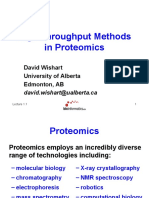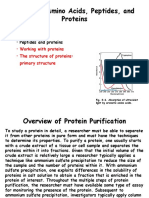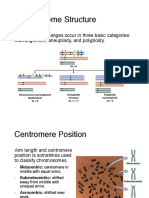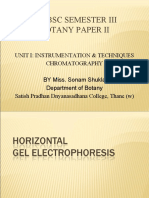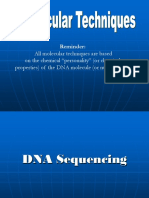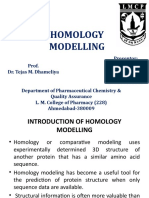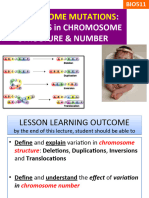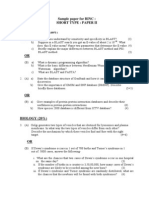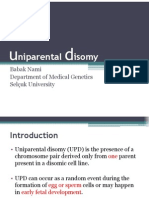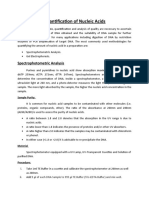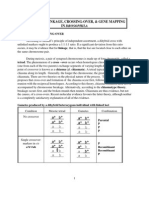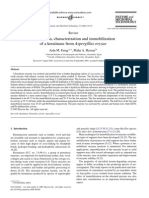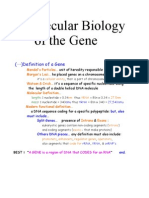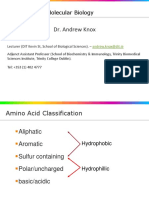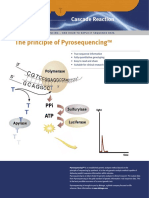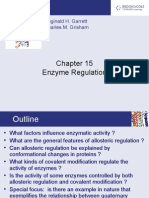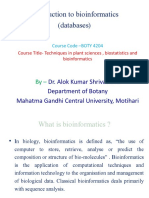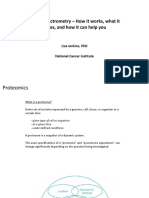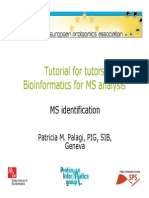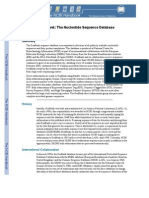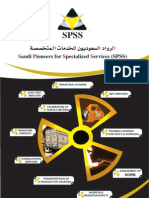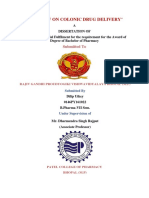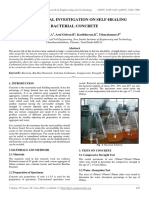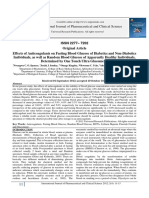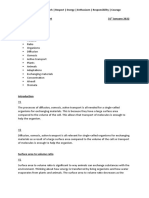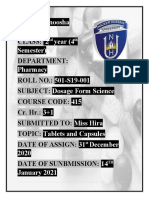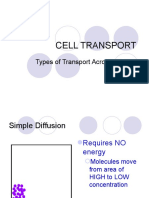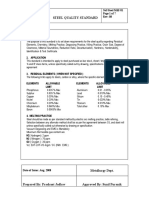0% found this document useful (0 votes)
117 views65 pagesProteomics & Mass Spectrometry Guide
Here is the de novo interpretation of the peptide sequence based on the MS/MS spectrum:
SGFLEELK
The y and b ion series indicate the following amino acid sequence:
b3: SGF
b4: SGFLEE
b5: SGFLEEL
b6: SGFLEEEL
b7: SGFLEEELK
y6: LEELK
y7: FLEELK
y8: GFLEELK
y9: SGFLEELK
Putting this all together yields the peptide sequence of SGFLEELK.
Uploaded by
InambioinfoCopyright
© Attribution Non-Commercial (BY-NC)
We take content rights seriously. If you suspect this is your content, claim it here.
Available Formats
Download as PPT, PDF, TXT or read online on Scribd
0% found this document useful (0 votes)
117 views65 pagesProteomics & Mass Spectrometry Guide
Here is the de novo interpretation of the peptide sequence based on the MS/MS spectrum:
SGFLEELK
The y and b ion series indicate the following amino acid sequence:
b3: SGF
b4: SGFLEE
b5: SGFLEEL
b6: SGFLEEEL
b7: SGFLEEELK
y6: LEELK
y7: FLEELK
y8: GFLEELK
y9: SGFLEELK
Putting this all together yields the peptide sequence of SGFLEELK.
Uploaded by
InambioinfoCopyright
© Attribution Non-Commercial (BY-NC)
We take content rights seriously. If you suspect this is your content, claim it here.
Available Formats
Download as PPT, PDF, TXT or read online on Scribd
/ 65

